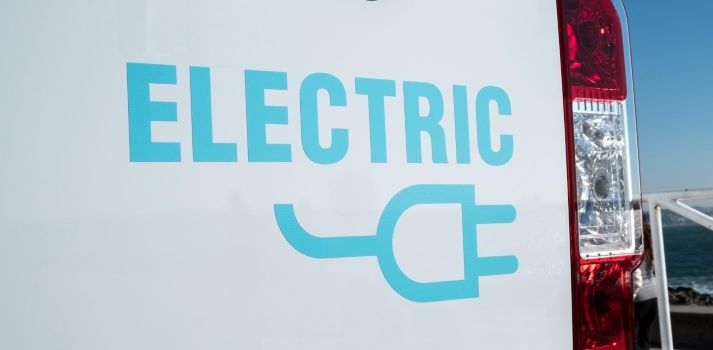Almost 60,000 new electric vehicles in November

In Germany, 59,610 electric vehicles were newly registered in November. The increase over the same month last year was 442 percent. New registrations of purely battery-powered electric cars (BEV) increased six-fold (plus 523 percent) to 28,965 units. In addition, 30,621 plug-in hybrids were registered (plus 383 percent) according to the Federal Motor Transport Authority. This means that in November 2020 alone, more e-vehicles hit the roads than in the first seven months of the previous year.
Since the beginning of the year, 312,140 electric vehicles have been newly registered (plus 220 percent). These include purely battery-powered electric cars, plug-in hybrids and fuel cell vehicles. In the first eleven months of 2020, they achieved a 12 percent share of the total market, compared with around 3 percent in 2019.
Reinhard Zirpel, President of the Association of International Motor Vehicle Manufacturers (VDIK) emphasized: “In this economically difficult corona year, at least the alternative engines are providing a bright spot. Despite the crisis, 2020 is the year of breakthrough for electric mobility. This boom should continue in 2021. Next year, 500,000 to 600,000 battery electric cars and plug-in hybrids could be newly registered in Germany”.
The VDIK regularly updates the list of electric vehicles from international manufacturers. The VDIK member companies currently offer over 80 electric models that customers in Germany can order. The VDIK electric list can be downloaded here.
The overall demand for vehicles with alternative drive systems also increased significantly in November. A total of 102,414 new electric cars, hybrids with and without plugs, mild hybrids (48 volts) and gas passenger cars were registered. The increase over the same month last year is 224 percent. Since the beginning of the year, 609,516 new units have been registered. Among them were 6,844 new CNG cars, more than three-quarters of which came from international manufacturers (77 percent). Overall, cars with alternative drive systems more than doubled their share of the overall market to 23.4 percent in the first eleven months of this year, compared with just under 9 percent in 2019.
| November | January – November | |||||
|---|---|---|---|---|---|---|
| Change (%) | Change (%) | Share of total market | Int. manufacturers (VDIK, %) | |||
| BEV | 28,965 | 523 | 150,492 | 162 | – | 40 |
| PHEV | 30,621 | 383 | 161,362 | 306 | – | 26 |
| FCEV | 24 | 50 | 286 | 63 | – | 100 |
| Electric vehicles (total) | 59,610 | 442 | 312,140 | 220 | 12.0 | 33 |
| HEV | 41,283 | 111 | 285,393 | 62 | – | 45 |
| CNG | 528 | -42 | 6,844 | -1 | – | 77 |
| LPG | 993 | 1,082 | 5,139 | -28 | – | 98 |
| Alternative drivetrains (total) | 102,414 | 224 | 609,516 | 112 | 23.4 | 39 |
Glossary
Electric vehicles: BEV, PHEV and FCEV
BEV, Battery Electric Vehicle
PHEV, Plug-In Hybrid Electric Vehicle
FCEV, Fuel Cell Vehicle, hydrogen vehicle
HEV, Hybrid without plug or non-rechargeable
CNG, Compressed Natural Gas
LPG, Liquified Petroleum Gas